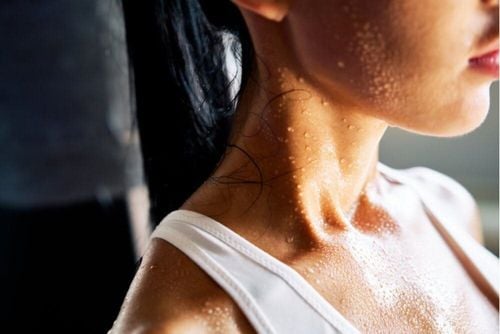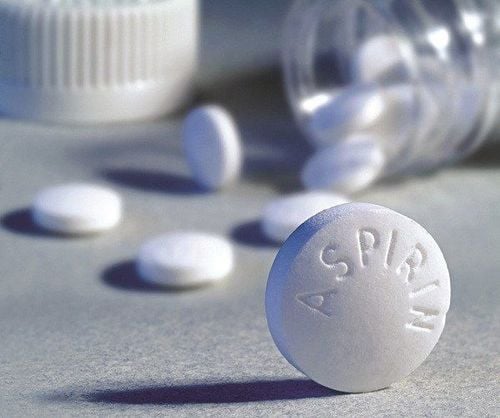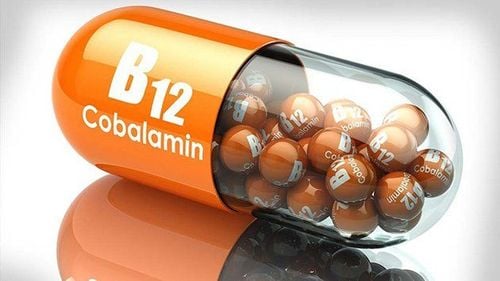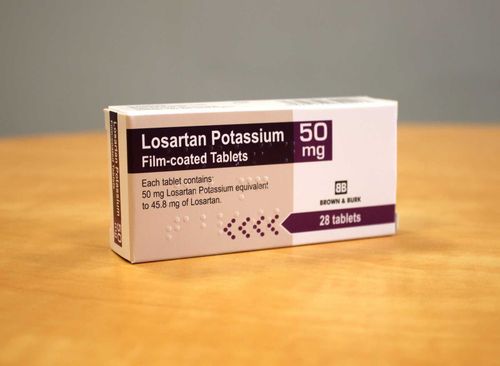This is an automatically translated article.
The article was professionally consulted with Specialist Doctor II Le Thanh Cam - Pediatrician - Pediatrics - Neonatology - Vinmec Danang International General Hospital.Children are more prone to heat stroke than adults, and they are at increased risk of heat exhaustion or heat stroke. To prevent these dangerous conditions, you need to keep your baby cool in hot weather, and never leave your child in a parked car in the sun. If your child shows signs of hyperthermia, take steps to lower the temperature and take the child to the hospital.
1. What are hyperthermia and heat stroke?
Hyperthermia: is an increase in body temperature above normal from 36 to 37.5 oC due to the body's inability to regulate body temperature. Heatstroke is one of the clinical manifestations of hyperthermia caused by prolonged exposure to ambient temperature. Heat stroke is the most serious illness associated with hyperthermia and can quickly lead to death if not treated promptly.In contrast to hyperthermia, fever is the body's response to infection or inflammation. Fever is caused by cytokine activation, which is regulated in the hypothalamus, and is a normal response of the body.
Heat stroke : Heat stroke occurs in patients exposed to high temperature environment causing body temperature to reach 40oC, even higher with nervous system dysfunction. central nervous system. Basically, the body temperature increases while the body's ability to cool is reduced.
Heat stroke is classified into the following two types:
Classic heat stroke : is a heat stroke condition that arises as a result of the patient's exposure to environmental heat. This type of heat stroke is more common in young children who are too busy playing or can't get out of a hot environment, and people with an underlying chronic medical condition that reduces their ability to regulate temperature. Heat stroke is a heat stroke caused by prolonged strenuous exercise in an environment with high temperature and low humidity. This condition often occurs in young people, typical patients are athletes, especially football players. Children are susceptible to heatstroke if they play outside for too long, in hot weather, especially if they are dehydrated or wear too warm clothes, they will be very susceptible to heatstroke.
Children can also get heatstroke from sitting in a parked car in the hot sun. Therefore, never leave a child in a parked car, even for a moment. Because heat stroke can happen within minutes because the internal temperature can rise rapidly and be much higher than the outside temperature.
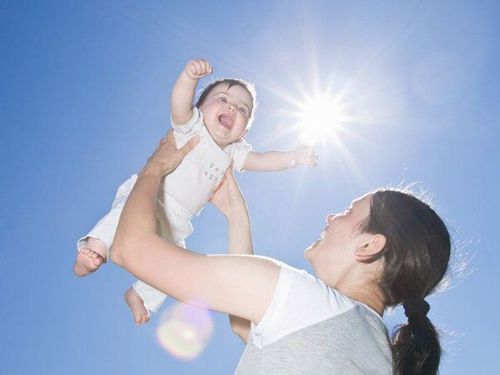
2. Why are children prone to hyperthermia and heat stroke?
Our body temperature is maintained within a narrow range by balancing heat generation and heat dissipation. Thermogenesis of the body is the result of both metabolism and absorption of heat from the environment. When the internal body temperature increases, the hypothalamus stimulates the autonomic nervous system to secrete sweat and dilate the skin vessels to lower the body temperature.Children are more at risk of heat illness due to the following physiological and anatomical features:
Heat production: children generate more heat due to higher metabolism because they have a higher metabolic rate basically higher than adults. Body surface area: Young children have a larger surface area/mass ratio than adults, resulting in a greater rate of heat absorption in hot environments. Blood circulation: Children have a smaller absolute blood volume than adults, which limits the ability of blood to transfer heat from the inside of the body to the surface of the skin, where heat can be dissipated. In addition, children have lower cardiac output than adults at the same metabolic rate, so they are further restricted in heat dissipation during exercise. Sweat production: Children have a lower rate of sweating than adults and begin to sweat at a higher body temperature. Replenish water: if children do not receive proper care, children are more likely to not be adequately hydrated, while losing a lot of sweat due to prolonged exercise. Adaptation: physiological changes leading to increased heat tolerance include: increased sweating rate, lower temperature threshold for sweating, decreased loss of electrolytes in sweat, lower heart rate, increased aldosterone production with decreased urinary sodium, lower internal and skin temperature. Children achieve these adaptations to hot environments more slowly than adults. Because of these factors, children are more susceptible to hyperthermia and heat stroke than adults.
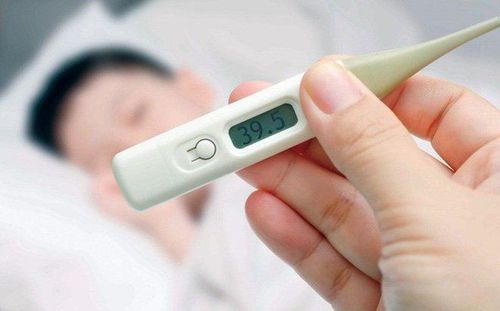
3. What is the difference between heatstroke and heat exhaustion?
Heatstroke and heat exhaustion are both types of heat illness and both occur when the body is unable to cool itself. Heat exhaustion is milder than heatstroke and can often be taken care of by getting the child out of the heat and cooling the body. If the patient is not treated promptly, heat exhaustion can progress to heat stroke (heatstroke), in which case the patient needs urgent medical attention.4. Symptoms of heat exhaustion and heat stroke in children
4.1. Symptoms of heat exhaustion in children
Children with heat exhaustion may have the following symptoms:The child is unusually thirsty or tired. The skin is moist and cool The child has leg cramps The child has a headache. The child is dizzy or fainting The child is nauseated and/or vomiting The child's body temperature is below 40oC.

4.2. Symptoms of heat stroke in children
Heat stroke symptoms largely overlap with symptoms of heat exhaustion. But if a child's heat exhaustion progresses to a heat stroke (heat stroke), he or she may also have the following:Body temperature of 40 degrees Celsius or higher but usually does not sweat. Hot, red, dry baby skin. Rapid pulse. Restless children. The child may appear lethargic The child may have hallucinations The child may have difficulty walking The child may have seizures The child may have rapid, shallow breathing. The child may fall into a coma. The child loses consciousness The child vomits The child may have diarrhea. Children are shocked.
5. What to do when a child has heat exhaustion and heat stroke?
5.1. How to deal with heat exhaustion in children?
When detecting signs of heat exhaustion in children but not progressing to heatstroke, you need to do the following things immediately:Quickly bring your child indoors, into an air-conditioned room if available. Give your baby breast milk or formula milk. If your baby is 6 months old or older, give them sips of water or a children's electrolyte solution. You can talk to your doctor for instructions on how to use it for the age and weight of your child. Cool bath for children. Leave the child naked. If you've taken the steps above but your baby doesn't improve quickly, gets worse, or shows signs of severe dehydration, you need to rush your child to the nearest hospital or medical facility.
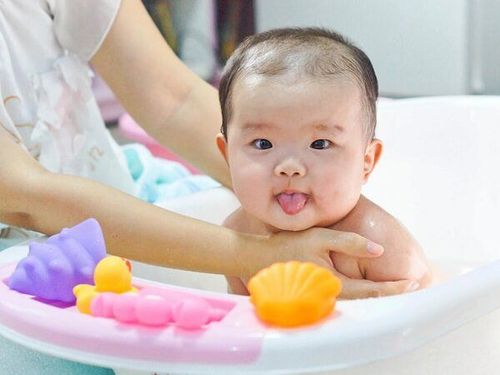
5.2. How to deal with a child having a heat stroke?
If you find your child has a heat stroke (sunstroke), you need to call 911 immediately. While waiting for the ambulance to arrive, you need to do the following:Put the child down in a cool area. If you are outside, seek shade, but if possible, keep your child in a cool room. Quickly undress the child, leaving the child completely naked. Gently massage your baby's body with a washcloth dipped in cool water. Talk to your child to calm them down. Never give your child anything to eat or drink: if a child has a heat stroke, their body will not be able to digest food or process liquids. Do not take fever-reducing drugs: Medicines used to treat fever will not be able to lower the body's high temperature caused by heatstroke, and it may even cause internal damage. Upon arrival at the hospital, the doctor will check the child's temperature and take steps to lower the child's temperature as quickly as possible. Your doctor may administer an ice bath while carefully monitoring your baby's readings. You should not give your child an ice bath at home, because a bath that is too cold for a child can cause the child's body temperature to drop dangerously low.
The baby's organs can be damaged when the baby's body temperature is above 400C. To make sure this doesn't happen, the doctor will do a number of tests on your child including:
Blood tests Urine tests Chest X-rays Electrocardiogram (ECG)
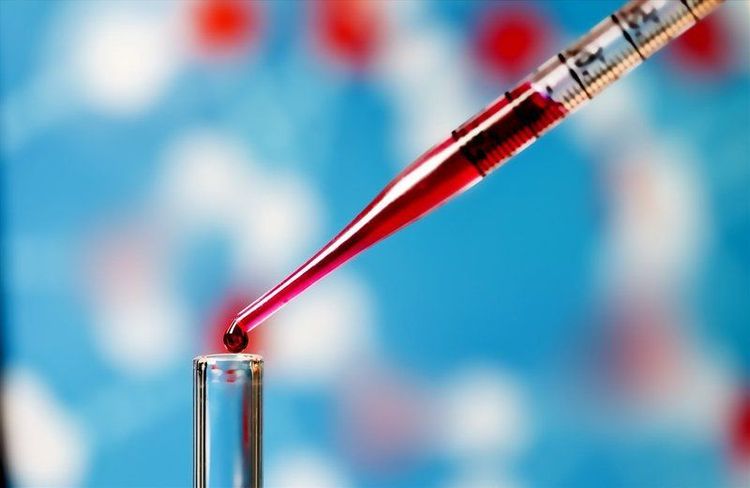
6. Measures to prevent heat stroke and heat exhaustion in children
You can help prevent your child from heat exhaustion and heat stroke by taking the following measures:Never leave your child in a parked car even for a moment, especially in bad weather hot. Dress your child in cool, loose-fitting clothes when the weather is hot. Encourage your child to drink more water on hot days. Try to let your child play in a shaded area when outside. When it's hot outside, keep the kids indoors. Check to see if the child remains calm in the car. If your home is very hot and you don't have air conditioning, send your child to a library or shopping center or other air-conditioned community place. Children are more susceptible to hyperthermia and heat stroke than adults. Therefore, on hot summer days, protect your child from the sun as well as the temperature of the environment.
When a child shows abnormal signs of health, parents can take the child to Vinmec Health system for timely examination and treatment.
As a key area of Vinmec Health System, Pediatrics Department - Vinmec International General Hospital always brings satisfaction to customers and is highly appreciated by industry experts thanks to the following advantages:
gathers a team of leading doctors and doctors in Pediatrics: including leading experts, with high professional qualifications (professors, associate professors, doctorates, masters), experienced, having worked in different hospitals. big hospitals like Bach Mai, 108.. The doctors are all well-trained, professional, have a heart - reach, understand young psychology. Besides domestic pediatricians, the Department of Pediatrics also has the participation of foreign experts (Japan, Singapore, Australia, USA) who are always pioneers in applying the latest and most effective treatment regimens. . Comprehensive services: In the field of Pediatrics, Vinmec provides a series of continuous medical examination and treatment services from Newborn to Pediatric and Vaccine,... according to international standards to help parents take care of their baby's health from birth to childhood. from birth to adulthood Specialized techniques: Vinmec has successfully deployed many specialized techniques to make the treatment of difficult diseases in Pediatrics more effective: neurosurgery - skull surgery, stem cell transplantation. blood in cancer treatment. Professional care: In addition to understanding children's psychology, Vinmec also pays special attention to the children's play space, helping them to have fun and get used to the hospital's environment, cooperate in treatment, improve the efficiency of medical treatment.
Please dial HOTLINE for more information or register for an appointment HERE. Download MyVinmec app to make appointments faster and to manage your bookings easily.
Reference source: Update.com; Babycenter.com





